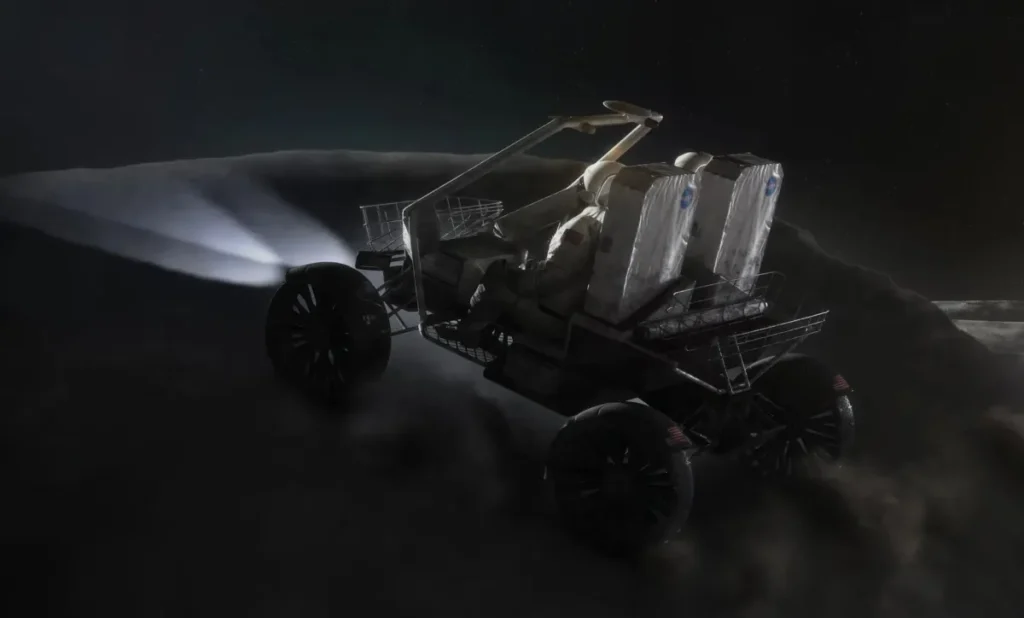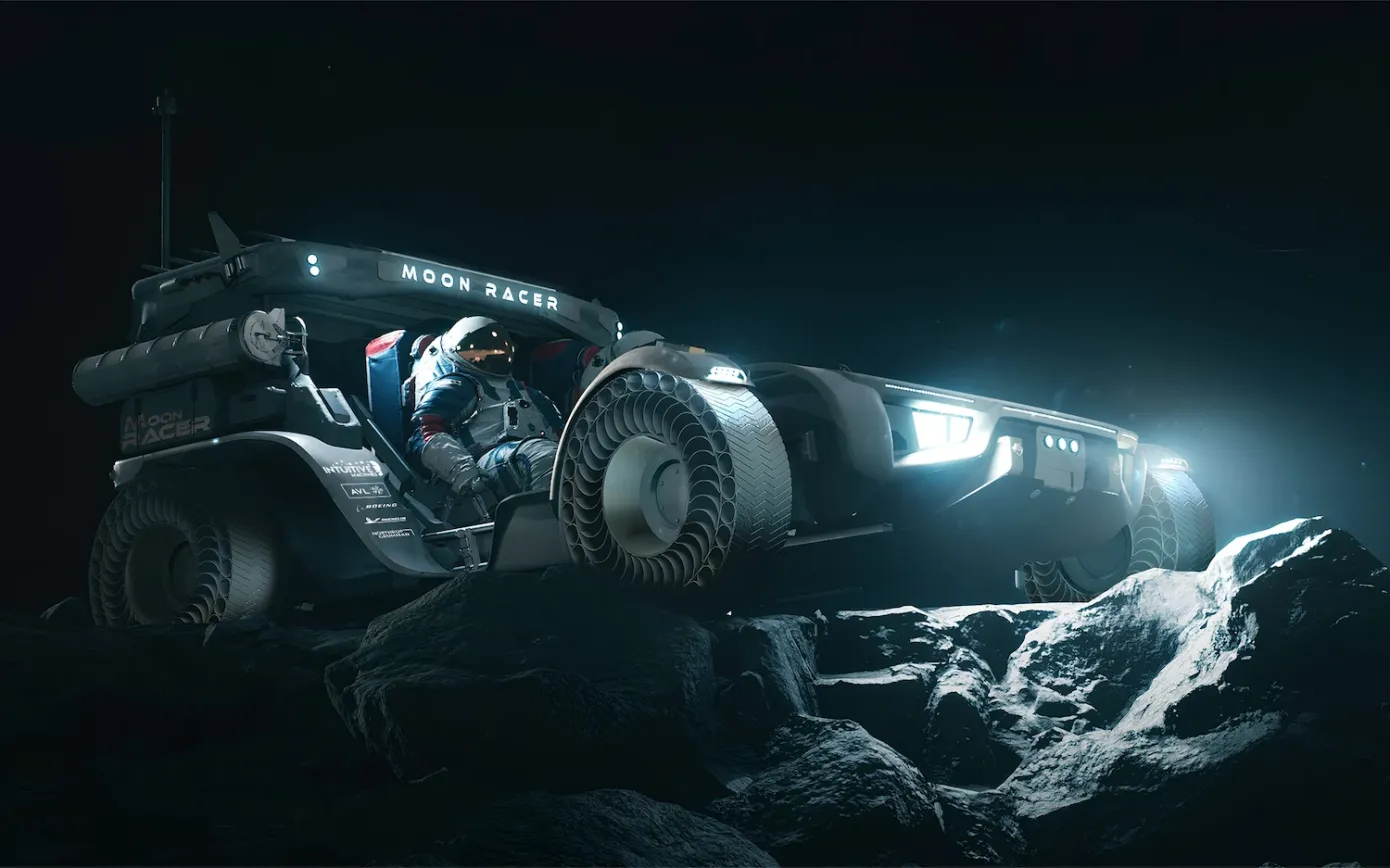NASA has awarded three space companies the opportunity to develop the next-generation moon buggy, with only one design slated for lunar deployment. Intuitive Machines, Lunar Outpost, and Venturi Astrolab are spearheading the development of robust vehicles intended for traversing the lunar terrain, from which NASA aims to make a selection as early as the following year.
The three teams will now embark on a 12-month “feasibility phase,” culminating in a preliminary design review. Subsequently, a competitive request for proposals will be issued, allowing the trio of companies to vie for a demonstration task order, as explained by NASA officials during a press conference on Wednesday.
Following the preliminary design review, a final awardee will be chosen. This selected company will undertake the responsibility of not only designing the lunar terrain vehicle (LTV) but also orchestrating its launch and lunar landing ahead of the Artemis V mission, tentatively scheduled for no earlier than 2029.
Although NASA refrained from disclosing the monetary value of the awards, Intuitive Machines disclosed in a statement that it had secured a $30 million contract. The aggregate potential worth of all task orders over the next 13 years amounts to $4.6 billion.
While the three teams have remained discreet about specific specifications such as range or battery technology, NASA has outlined requirements such as an impressive 10-year lifespan and the capacity to accommodate two suited astronauts.

Intuitive Machines spearheads a consortium comprising AVL, Boeing, Michelin, and Northrop Grumman, while Lunar Outpost leads the “Lunar Dawn” team with partners including Lockheed Martin, General Motors, Goodyear, and MDA Space. Astrolab collaborates with Axiom Space and Odyssey Space Research.
These awards mark the latest strides in NASA’s ongoing Artemis program, aimed at establishing a sustained human presence on the moon. However, for effective lunar surface exploration, astronauts will require robust means of mobility capable of withstanding the harsh conditions of the lunar south pole, characterized by extreme temperature fluctuations and prolonged periods of darkness.
Describing the envisioned vehicle, Vanessa Wyche, director of NASA’s Johnson Space Center, likened it to a hybrid of the Apollo-era lunar rover operated by astronauts and an unmanned mobile scientific platform.
